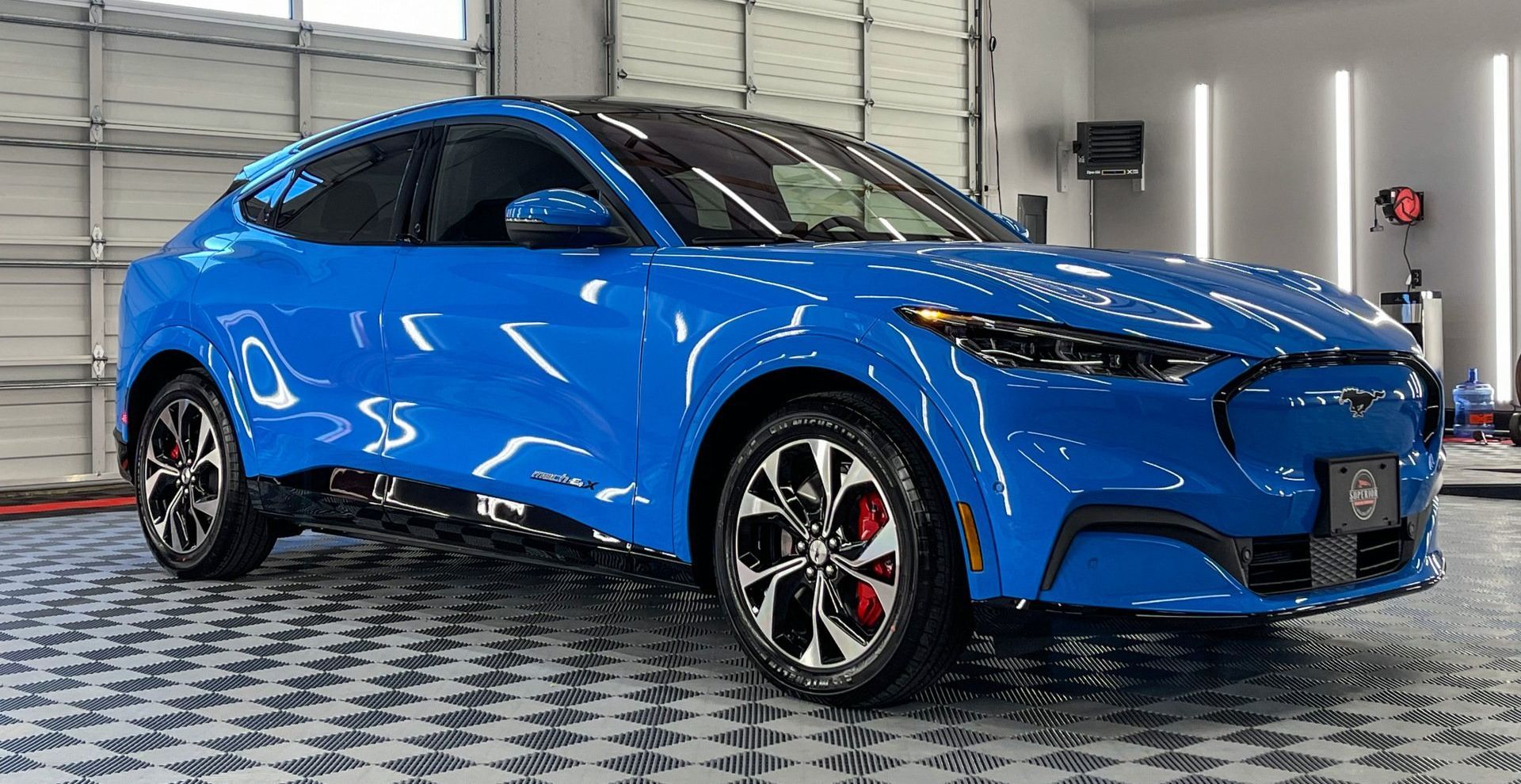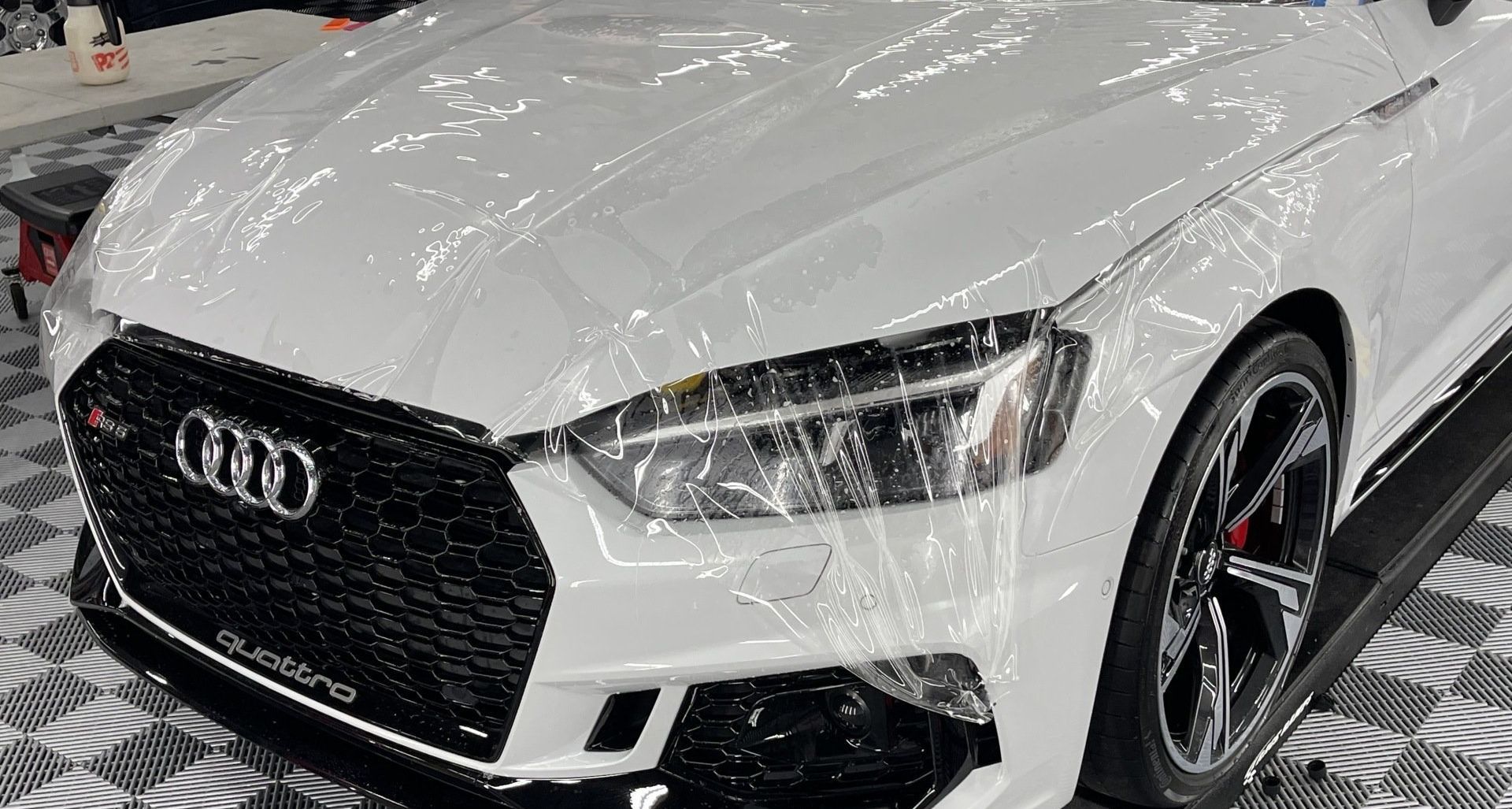Ceramic coatings have become a go-to choice for car owners who want to keep their vehicles looking great while protecting them from damage. But how much do you know about what happens when that liquid coating is applied? Many people think of ceramic coatings as just another layer on their car, but there’s so much more going on beneath the glossy surface! Understanding the science behind ceramic coatings, especially the important hardening and curing process, can save you time, money, and frustration in the long run. In this article, we will explore how those shiny layers form strong bonds with your vehicle, why proper curing times are crucial, and the benefits that come with investing in this protective treatment. So buckle up and let’s dive into the fascinating world of ceramic coatings!
The science behind ceramic coating cure times lies in the chemical bonding process between the polymer in the coating and the vehicle's surface, which typically takes 7 to 14 days for optimal strength. During this time, factors such as temperature, humidity, and exposure to elements play a critical role in determining the effectiveness of the curing process, ultimately enhancing durability and protective qualities against external damage.

The Science of Ceramic Coating
At its core, ceramic coating involves a complex chemical process known as cross-linking. When liquid ceramic polymers are applied to a vehicle's surface, they start interacting with the paint, creating strong bonds. These interactions lead to a process of hardening, making the coating durable and resistant to wear and tear. The liquid transforms into a solid film, which acts as armor against various environmental threats.
Properties of Ceramic Coatings
One key property that sets ceramic coatings apart from traditional waxes is their hydrophobic nature. This means that when water hits a coated surface, it beads off rather than spreading out and leaving spots or stains. This keeps your vehicle cleaner and reduces the frequency of washes needed.
- A well-maintained ceramic-coated surface requires fewer cleaning sessions compared to waxed surfaces that become dirty more quickly.
- When washing is necessary, dirt is released much easier from hydrophobic surfaces; think of how effortlessly raindrops slide off a freshly polished car hood.
The protective elements in ceramic coatings lend themselves nicely to longevity. Research findings from 2024 published in the Journal of Coating Technology demonstrated up to a 30% increase in resistance to scratching for properly cured coatings compared to improperly cured ones. This underscores the importance of proper curing times and methods for achieving hardening and optimal performance.
Curing Process and Duration
Curing times for ceramic coatings typically vary—most require anywhere between 7 to 14 days to achieve full strength and endurance. During this period, it's essential to avoid exposing your car to any moisture or getting it washed; doing so could disrupt the bond formation and undermine the durability you are aiming for.
Optimal temperatures during curing range between 60°F and 80°F (15°C and 27°C), ideally with humidity levels kept below 50%. This environment ensures complete evaporation of solvents while facilitating effective bonding of the coating with your car’s paint.
Understanding these properties not only enhances awareness of ceramic coatings but also sets the stage for exploring how these bonds are formed—the very foundation that makes ceramic coatings a popular choice in automotive protection.
Solvent Role and Impact
Solvents are more than mere vehicles for the resin; they are integral to the very chemistry of ceramic coatings. When applied, they keep the resin in a liquid state. This property is vital because it allows for smooth application, ensuring the coating can spread evenly across the vehicle's surface. However, once the coating is laid down, these solvents must evaporate swiftly. The evaporation is critical; if they linger too long, imperfections in the curing process arise, jeopardizing both effectiveness and durability.
Solvent Evaporation
Upon application, a carefully orchestrated sequence begins: the solvent starts to evaporate, paving the way for the polymer within to bond with your car's exterior. It's like a symphony where every note must align perfectly for the final performance to be extraordinary, with each reaction and catalyst steering these interactions to a successful conclusion. If conditions aren't right—if temperatures are too low or ventilation is inadequate—the solvents can hang around, causing complications in achieving that coveted solid protective layer. The thickness of this protective layer is crucial, as it determines the strength and durability of the coating once solvents are completely gone.
Proper ventilation can expedite solvent evaporation, allowing the coating to reach its optimal thickness effectively:
- Proper Ventilation: Prioritize good airflow when applying coatings.
- Temperature Control: Aim for ideal ambient conditions between 60°F and 80°F (15°C - 27°C) to facilitate efficient solvent evaporation.
If you've ever opened a bottle of nail polish remover or paint thinner, you know how quickly those solvents smell up a room and vanish into thin air. Within your garage or an enclosed workspace, similar principles apply; environmental factors can either expedite or hinder that essential drying and curing phase.
Having explored how solvents contribute to effective ceramic coatings, it's crucial to understand how external conditions further influence curing times and their implications on overall effectiveness and the eventual uniform thickness of the coating.

How PPF Shields Your Car from Acid Rain
The impact of acid rain on automotive paint is often underestimated. Even though it may seem like just a few raindrops, acid rain can have a pH level between 4.0 and 5.0, which is acidic enough to cause significant damage to unprotected surfaces over time. This is where Paint Protection Film (PPF) shines, acting as an invisible shield that protects your vehicle’s paint from these corrosive elements, ensuring its gloss remains intact and its preservation is prioritized.
PPF is primarily composed of thermoplastic urethane, a remarkable material known for its strong tensile strength of approximately 5,000 psi. When applied correctly, this film creates a durable barrier that absorbs impacts from various environmental stressors, including rocks and debris, as well as acid rain. The gloss and clarity of the film aid in the preservation of your car’s functional aesthetics, further fortifying this robust defense system. The result is a remarkable reduction in damage; studies indicate that vehicles equipped with PPF experience 30% less paint degradation after prolonged exposure to acid rain compared to those without any protective film. This significant reduction in risk highlights the protective value of PPF against environmental hazards that cause paint discoloration and deterioration.
Self-Healing Properties
One exceptional characteristic of modern PPFs is their self-healing properties. This means that minor scratches and imperfections can 'disappear' over time, thanks to the elasticity of the film. It might sound like magic, but it’s really just science – when heat is applied (like from sunlight), the film's microstructure realigns itself, smoothing out any blemishes that may have occurred. This ability extends the effective lifespan of PPF significantly; under optimal conditions, it can last anywhere from 5 to 10 years.
To maximize these benefits, regular care should be part of your routine. Keeping the film clean not only enhances its performance but also prolongs its practicality. This includes washing your car regularly with gentle detergents and ensuring that you dry off the surfaces post-rainfall to prevent water spots from forming. These areas are prone to discoloration where contaminants might settle and wreak havoc if left unattended.
It's not just about maintaining aesthetics—protecting your vehicle also reflects on its resale value. When potential buyers see a car that's been well cared for, they often feel more confident in making a purchase. Ignoring potential hazards or risks, like paint discoloration, could affect their decision.
Notably, vehicles that utilize PPF are likely to maintain their vibrant paint finish longer than those that do not have protection in place. This can directly correlate with increased resale value since buyers appreciate the effort made to preserve the car’s original appearance.
With all the protective advantages that PPF offers against harmful substances like acid rain, it's equally important to consider how these films benefit the environment by reducing waste and enhancing durability.
Environmental Benefits of PPF
One of the most compelling reasons to invest in Paint Protection Film (PPF) extends beyond protecting the surfaces of your car; it encompasses significant environmental benefits too. When you apply PPF, you're preserving the aesthetic appeal and value of your vehicle while minimizing your ecological footprint. This protection reduces the frequency of car washes and repainting, both of which contribute to pollution and resource depletion.
Lowering Pollution
It's essential to note that traditional car washes consume an average of 45 gallons of water per vehicle, according to the International Carwash Association. Just imagine how much water a single region could save if more drivers opted for PPF! By extending the life of your car’s finish, it's possible to limit those trips to the car wash, thereby conserving water. Each wash not only requires substantial amounts of H2O but also often involves chemicals that can run off into local waterways, causing harm to ecosystems.
Furthermore, in areas where water is scarce, such as drought-prone regions, applying PPF takes on a new level of importance because it serves as a crucial step towards preserving these precious resources.
Beyond just saving water, there's also a reduction in chemical usage associated with less frequent detailing. The harsh detergents and cleaning agents used in standard washes can have detrimental effects on the environment, compromising local flora and fauna. Thus, with PPF acting as a barrier against dirt and pollutants, there’s less reliance on these harmful substances. Consulting professionals in this field can provide insights into maximizing these benefits.
Think of PPF as a two-for-one deal: while it protects your vehicle’s finish from road grime and acidic rain damage, it's also doing its part for Mother Earth by reducing demand for water-intensive services and toxic chemicals. Professionals often advocate for such sustainable choices to minimize ecological footprints.
Investing in PPF is less about simply covering your vehicle’s surface with a layer of film; it's about ensuring that your automobile remains a valuable asset for years to come. For those interested in protecting their vehicle from acid rain damage while enhancing its longevity and market value, don’t hesitate to reach out to us at Superior Auto Shine or call us at (253) 260-6868.

